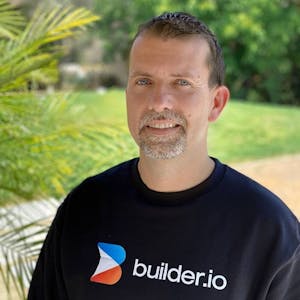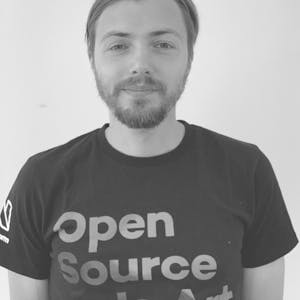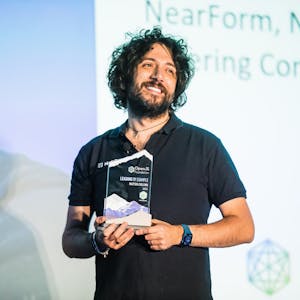When we look at how applications have been built, it all started, I think, in this context with Adam. I don't know if you remember that. It just got sunset a couple days ago. Out of Adam grew Electron and anyone who's been reading the Twitterati, they all know that Electron is kind of this mixed bag. It allows you to do a lot of things. But I guess I will skip the video. It allows you to do a lot of things, but it's very heavy. Basically, with Electron, with that system, you're shipping a browser that's generally out of date the moment you ship it. You're shipping an entire run time and also your JavaScript.
Now, there's this whole idea in the JavaScript community that isomorphic code is great. I mean it is generally good for the ease of use, and we're gonna get into the security implications of having everything easy later. But what also happens is attackers can jump from the JavaScript front-end to the JavaScript back-end, and you hear about terrible vulnerabilities and attacks all the time. So we decided to look at how we can rebuild this idea using Rust at the core. And so we have basically three components for Tauree, and it starts with a window. You know whether you're on Mac, Windows, Linux, or iOS, or Android, you need to have a window to put content into. And that's Tau. It allows you to create a window, it gives you menus, system trays, keyboard accelerators, and that's kind of like the skeleton, if you will.
The next part is Rai, and Rai allows you to inject a web view into the Tau window that you've already created. And what the important thing to remember here is that we built these libraries on Rust, but other people can use them too, not just Tauree. So for example, the Rai library is being used by Astrodon, which as you might know is a project to build applications with Deno. We've helped them, and they've helped us, and I think that that's something that we're going to keep on coming back to in the talk, and that is that this ecosystem of Tauree is kind of unique in my experience because we're bringing not only systems-level engineers into the project, but also front-end people from all different disciplines, whether it's React or Vue or Svelte, or from the Rust side Dominator and U. And this all kind of comes together in Tauree.
So basically what you get with Tauree is it integrates all of this stack. It gives you API access to, for example, the file system from the WebVue, and also the build tools, so that you get, if you need to assign the macOS binary, it'll do that for you. It will provide a system for automatic updates that you can give your users. And it's kind of the glue that holds it all together. So the features of Tauri are that you can bring your brownfield project, and it'll work. Of course, if you do a lot of things in Node.js, in Electron, you're gonna have to do some porting, but we really focus on security and the very basics. And I mentioned this earlier. It's super important for us that you, as developers, as engineering teams, have a baseline security that you know is there and that is verified and verifiable.





















Comments